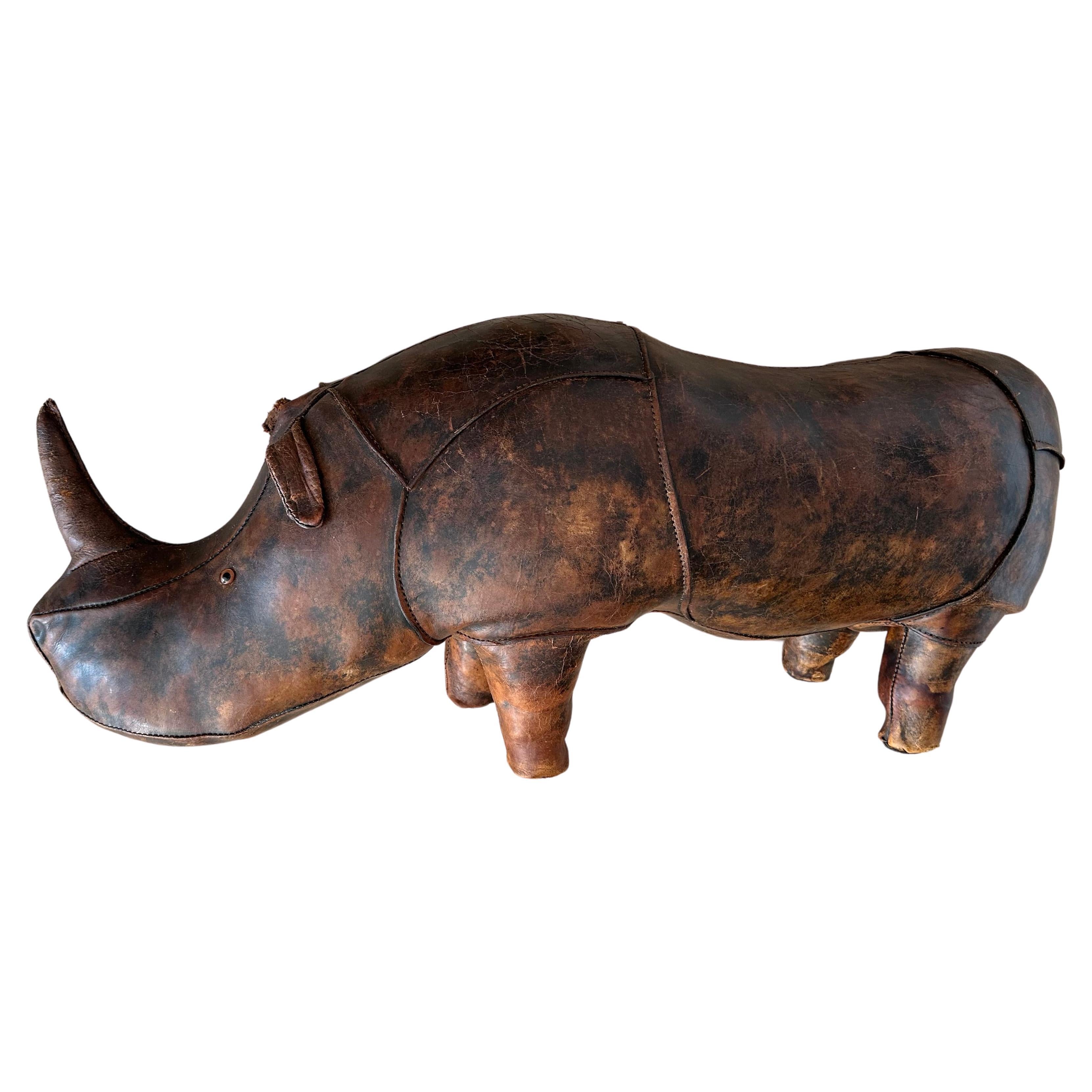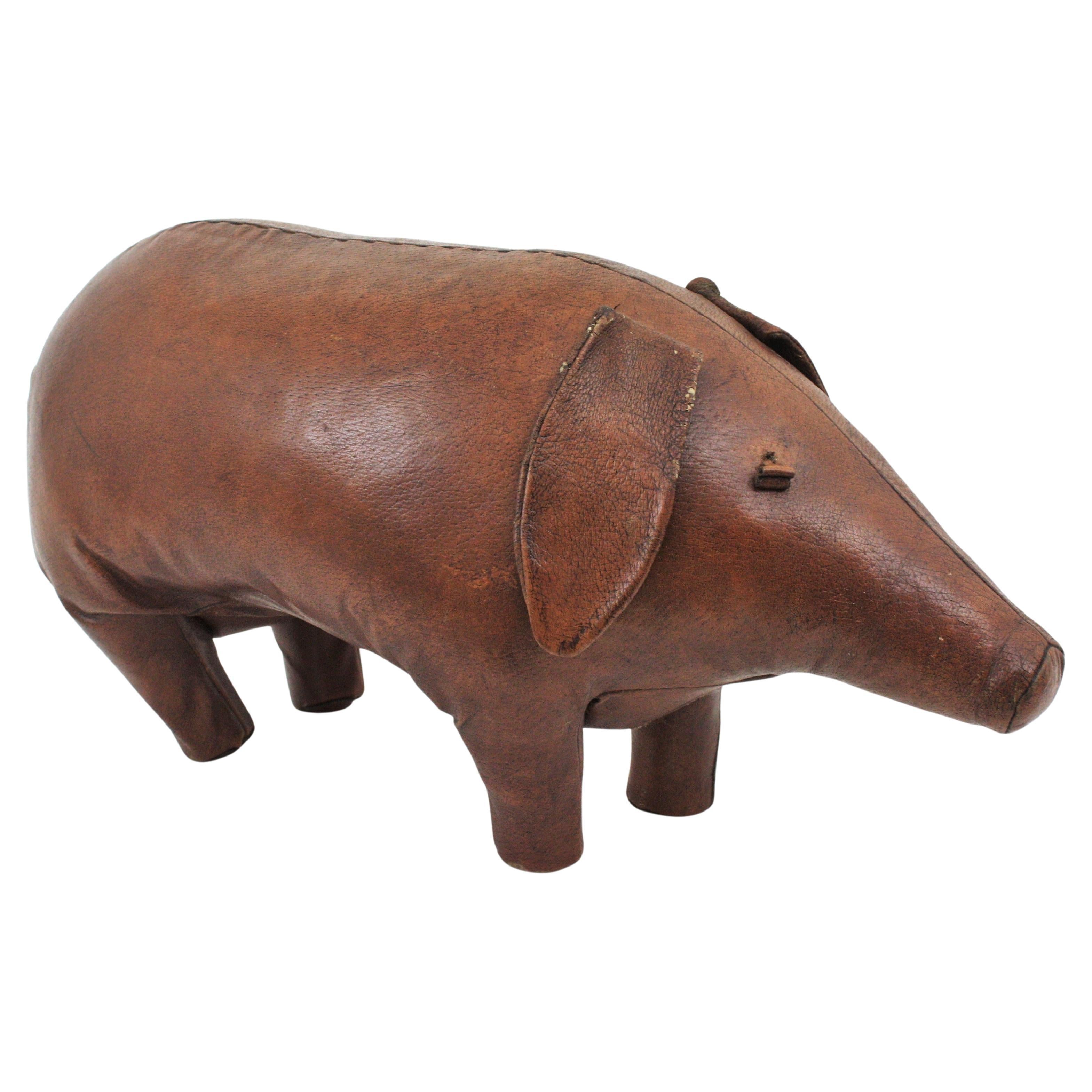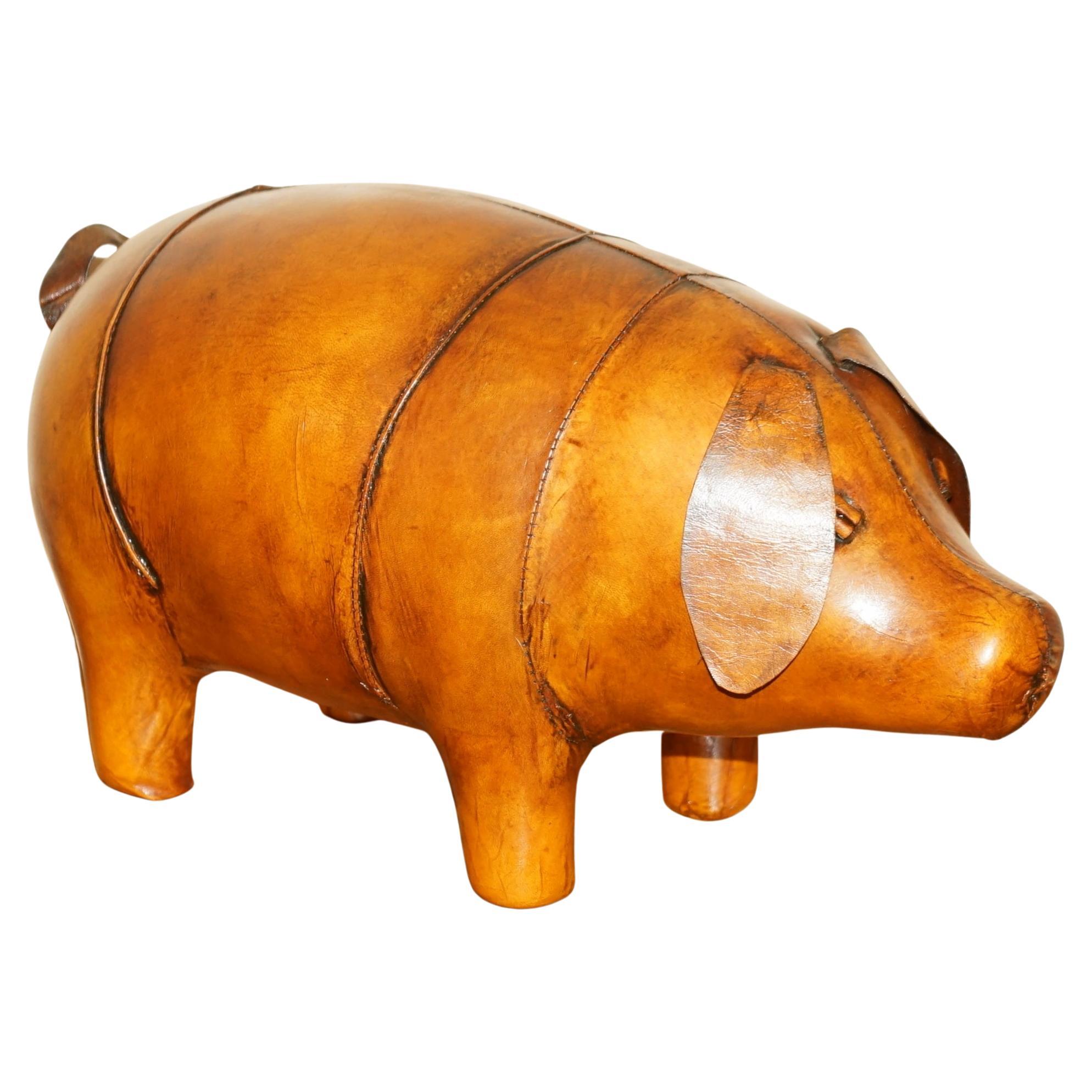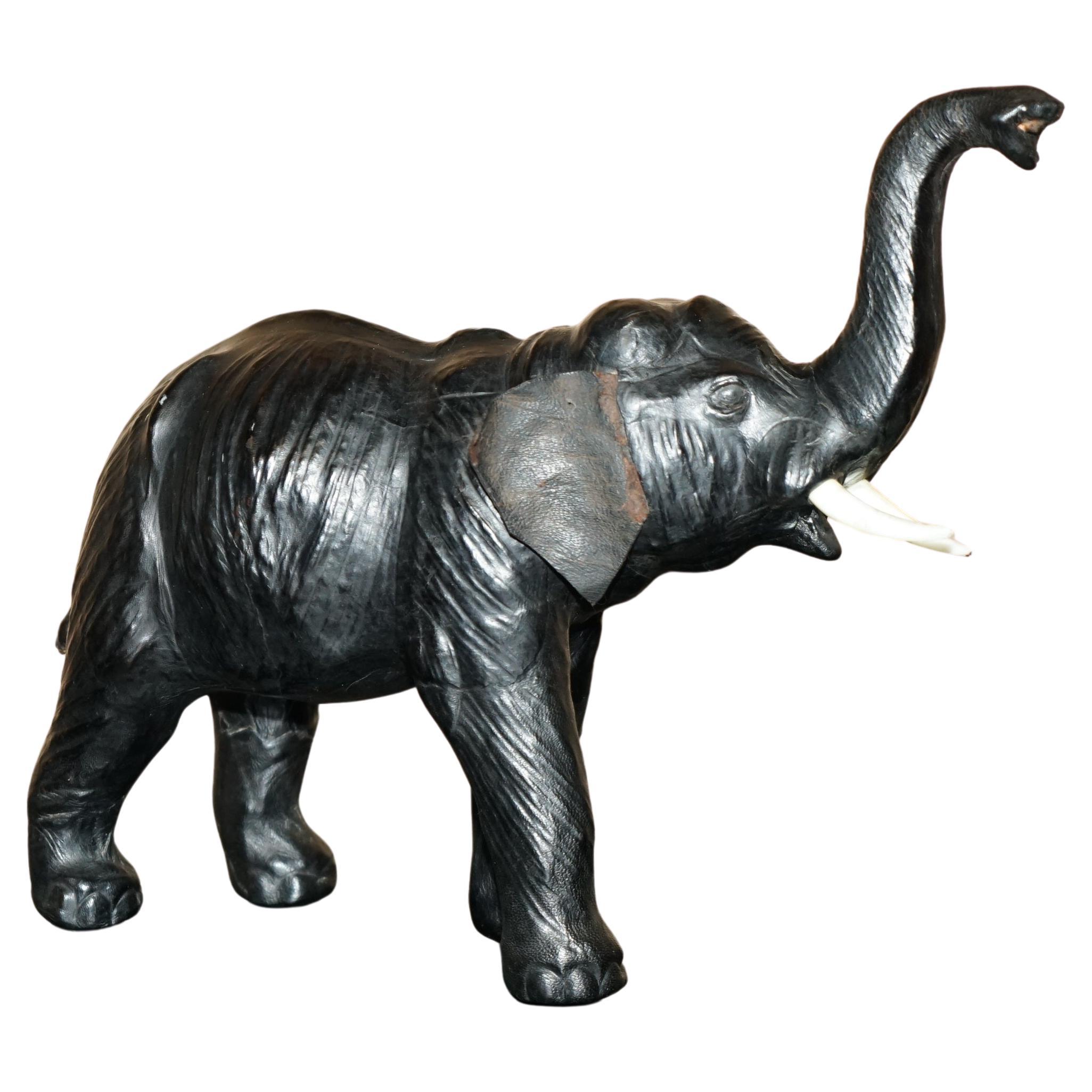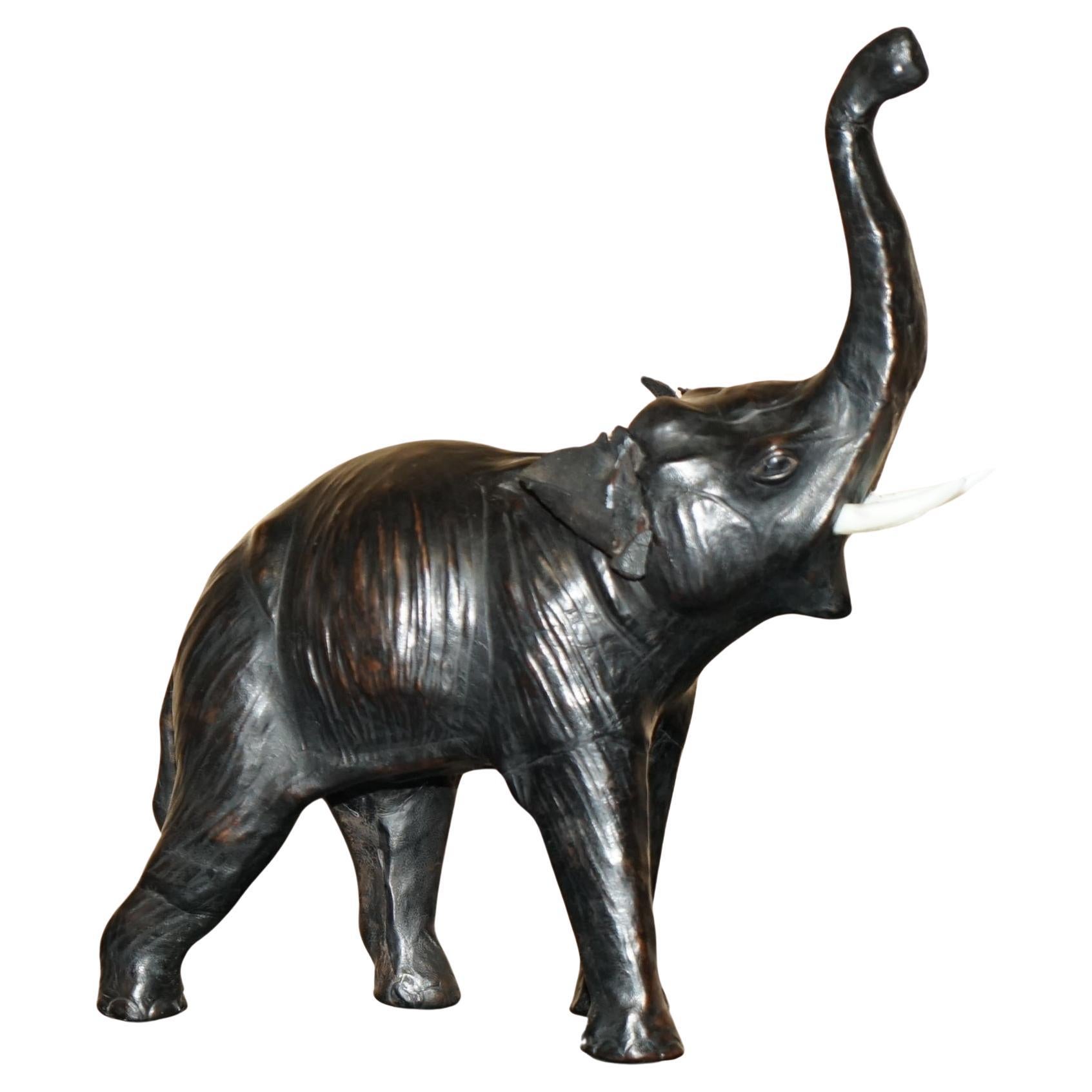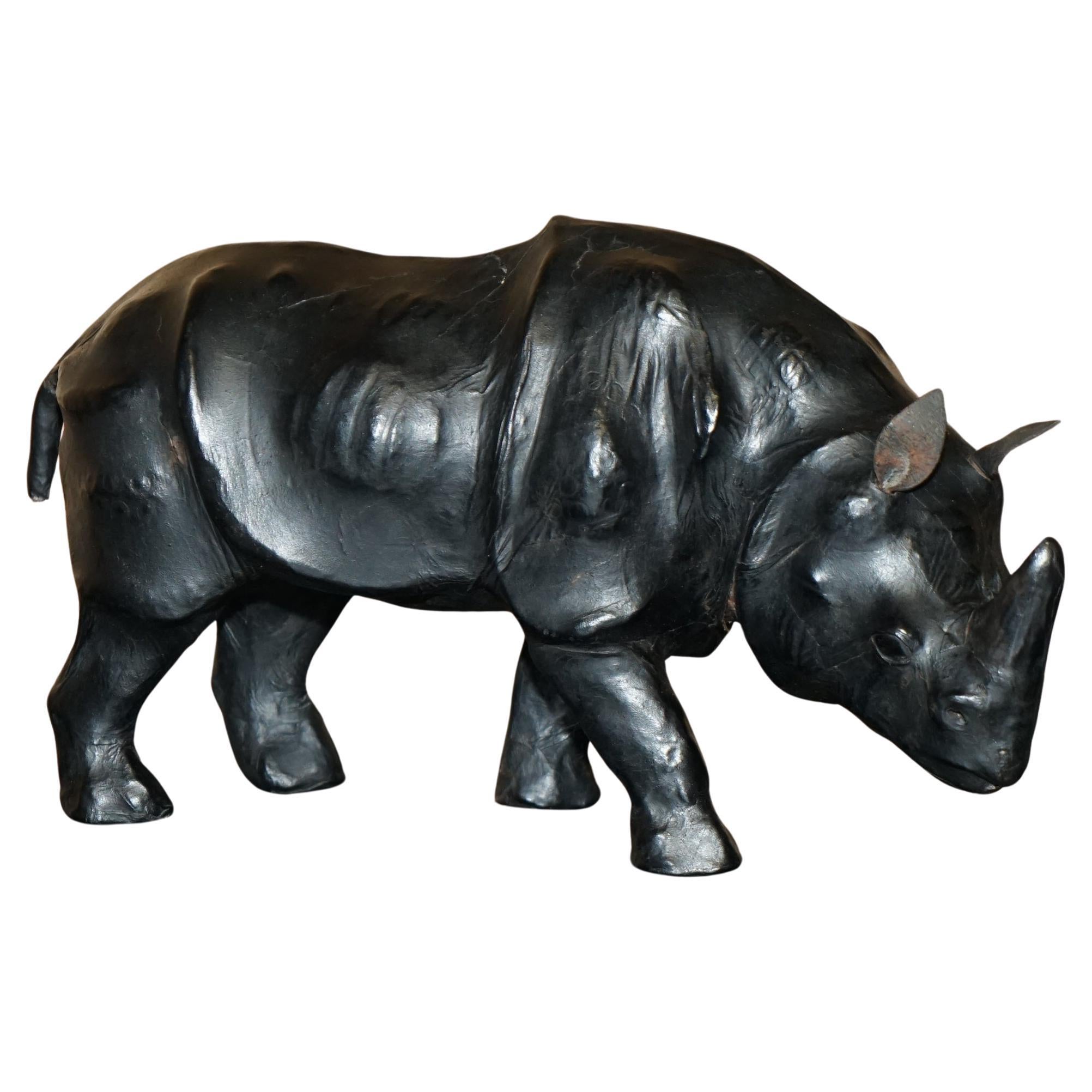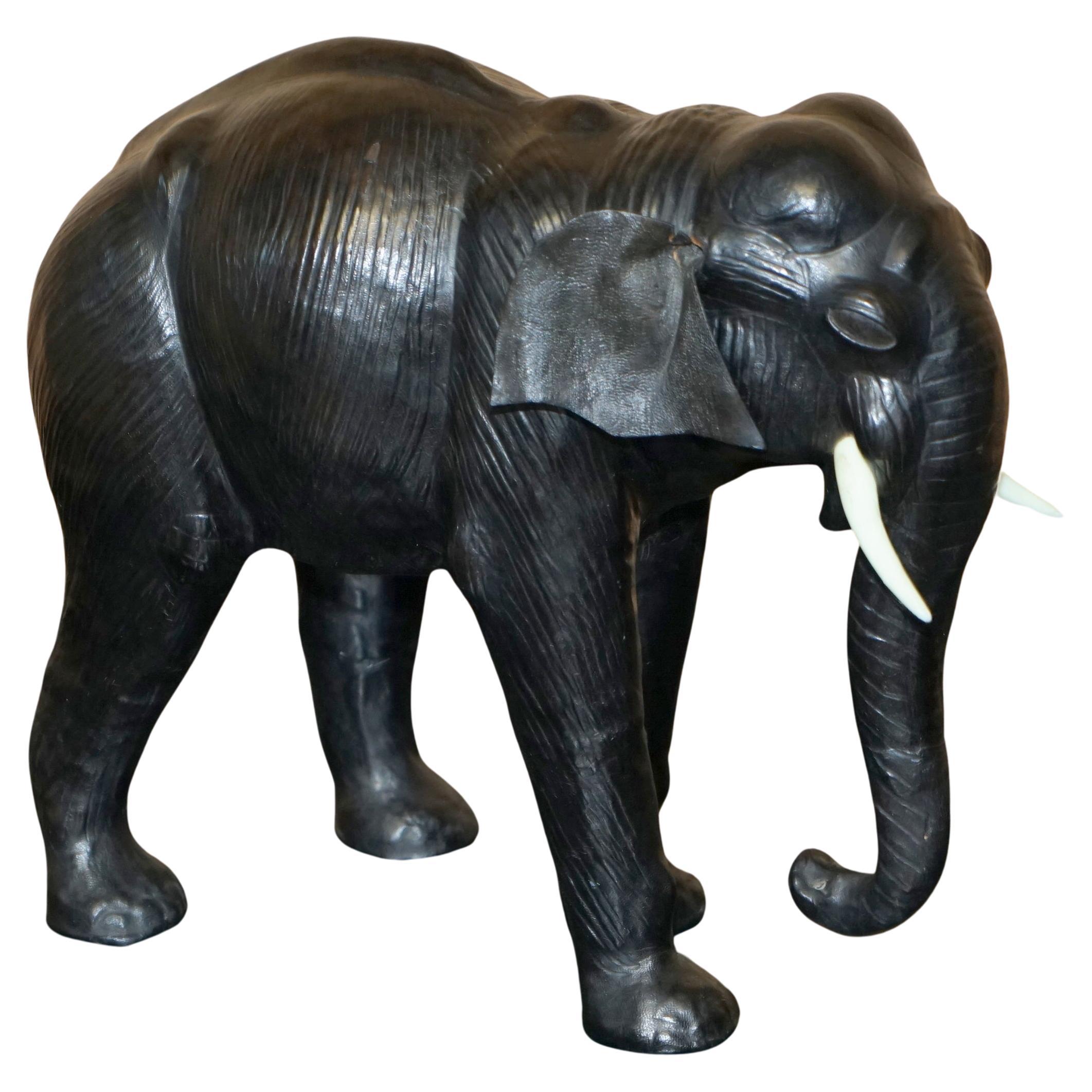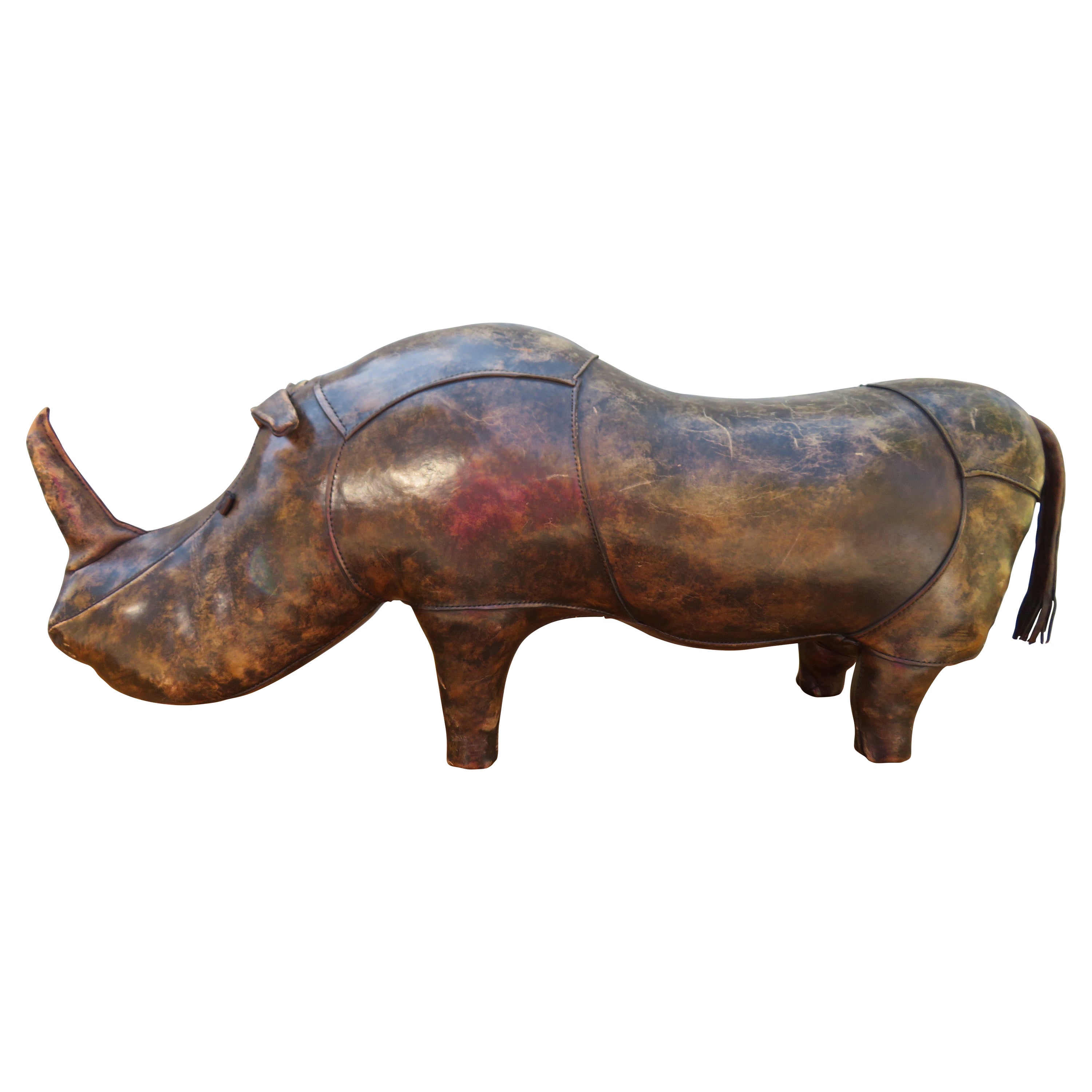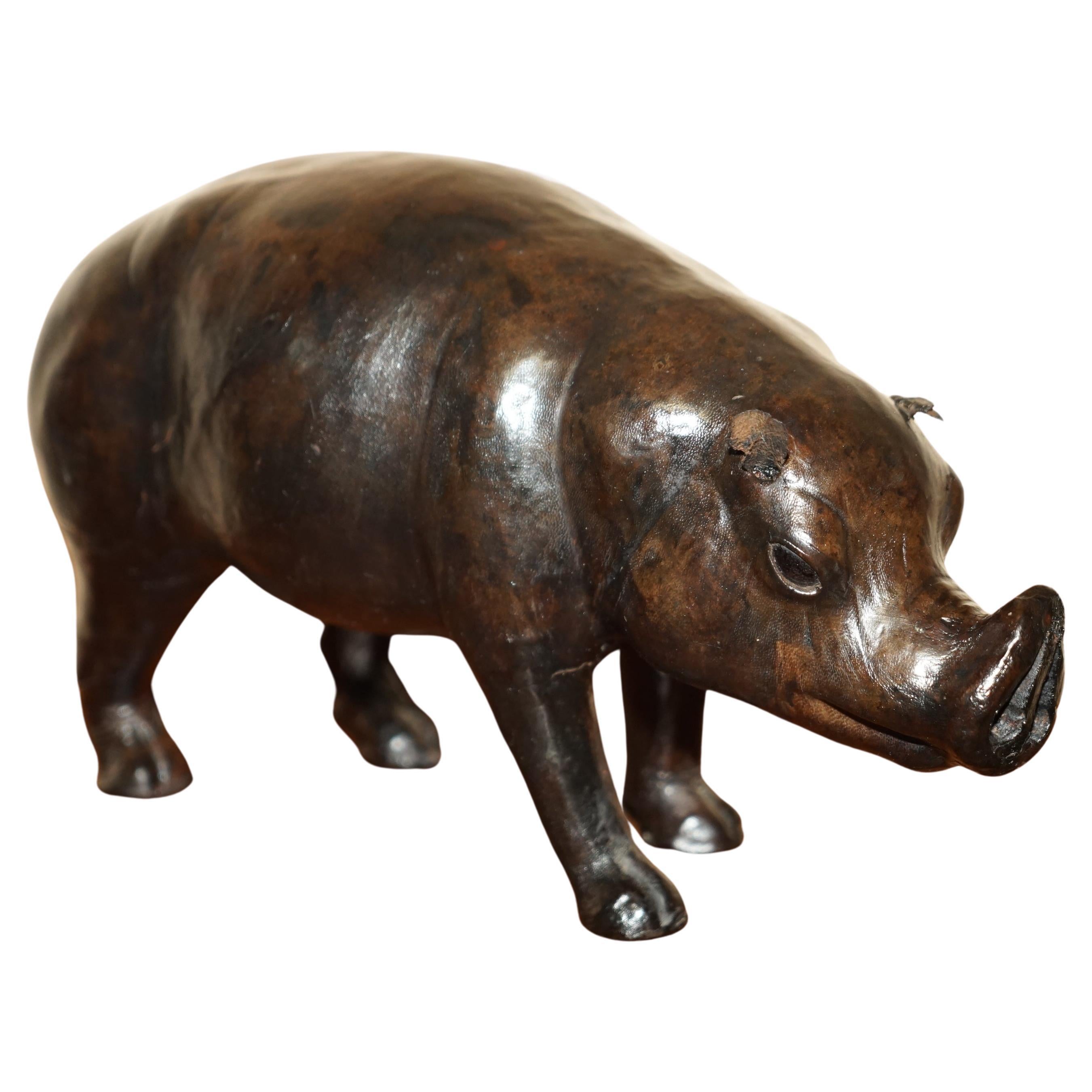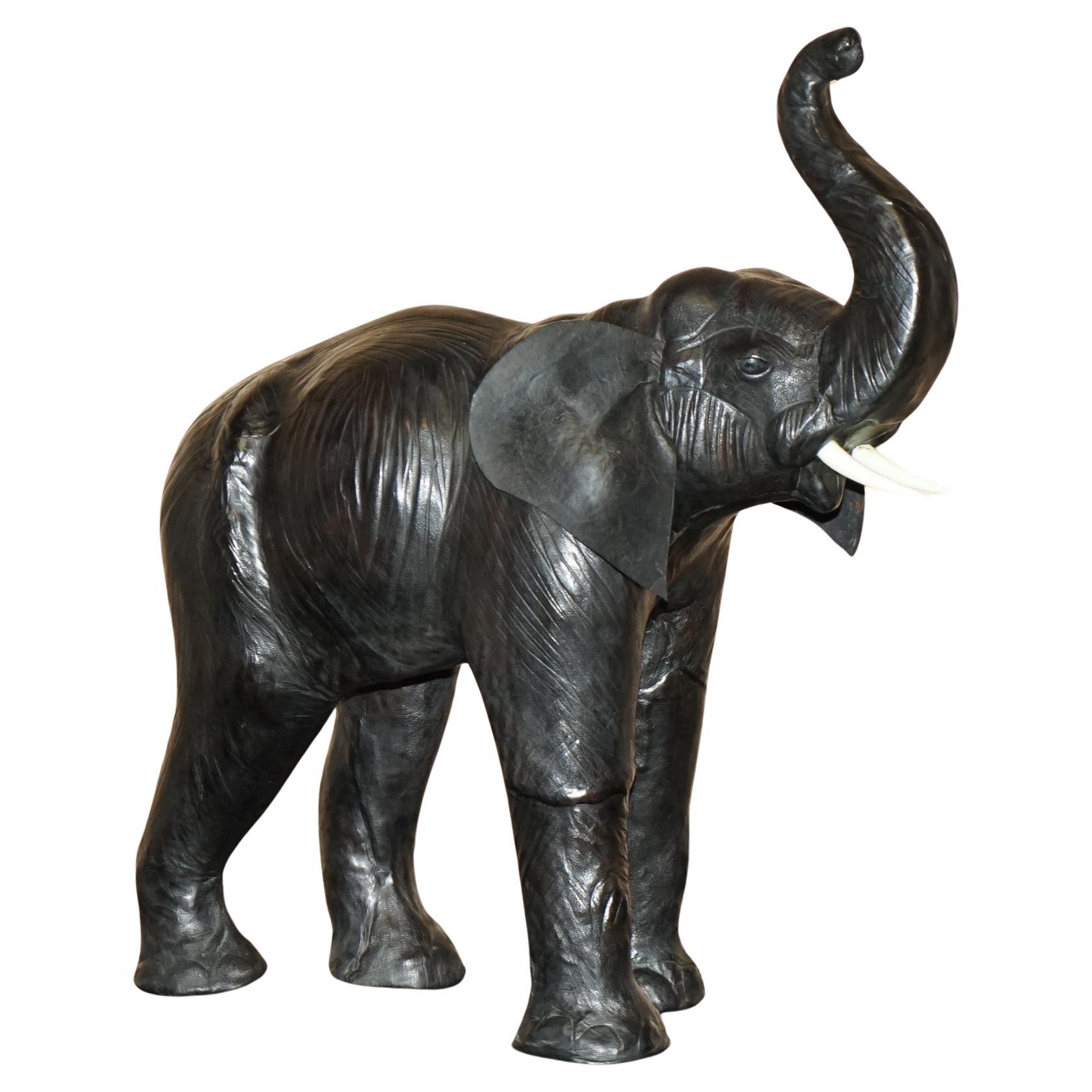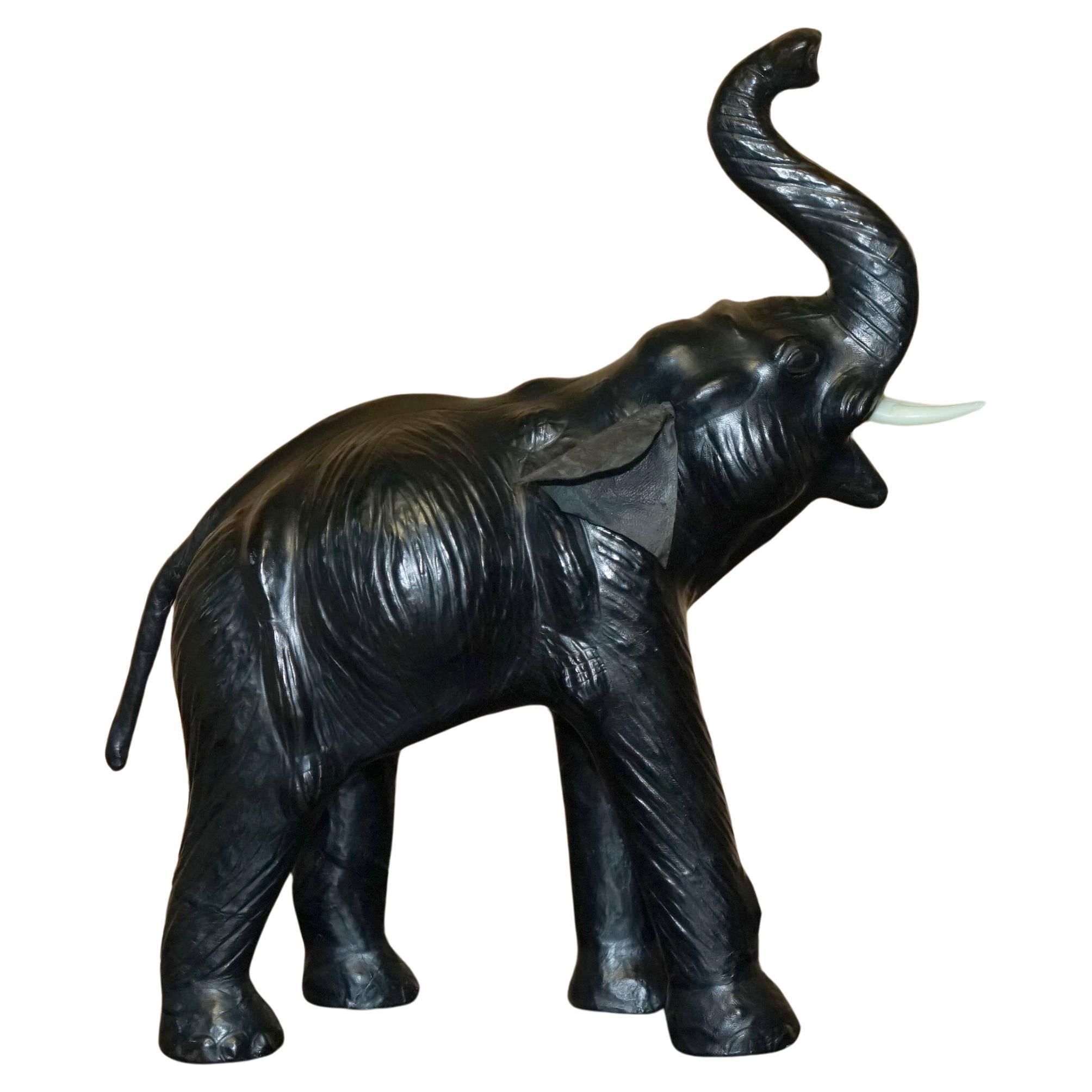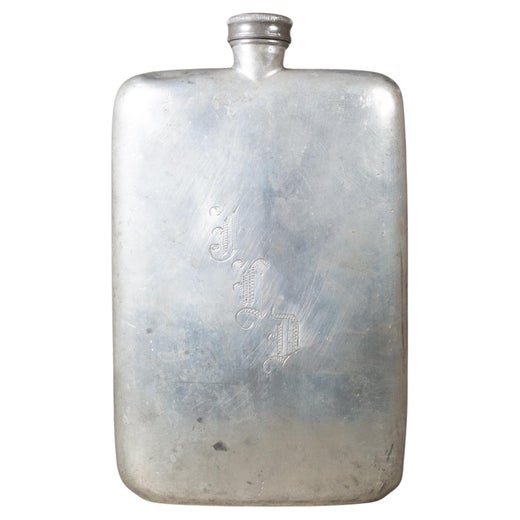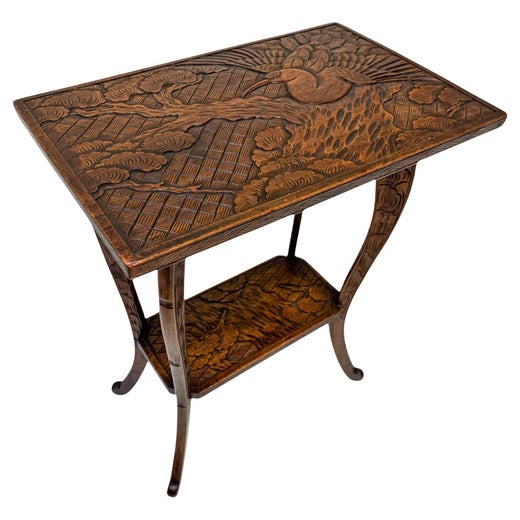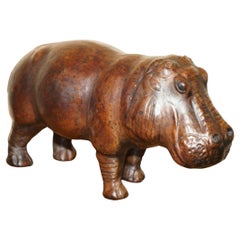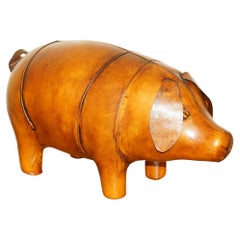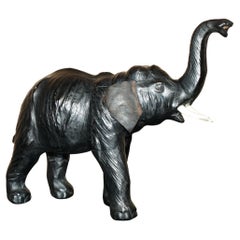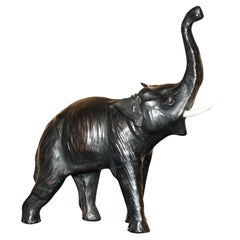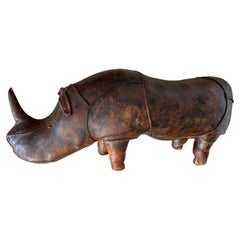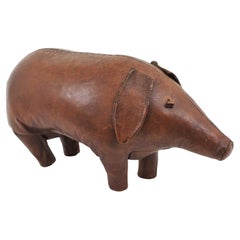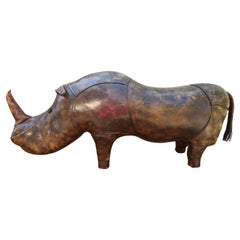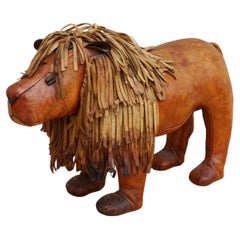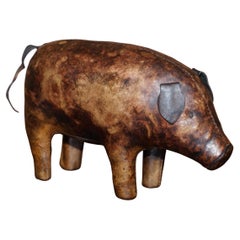
Exquisite circa 1950's Abercrombie & Fitch Leather Pig Stool Liberty's Omersa
View Similar Items
Exquisite circa 1950's Abercrombie & Fitch Leather Pig Stool Liberty's Omersa
About the Item
- Creator:Liberty of London (Retailer),Abercrombie & Fitch (Designer)
- Dimensions:Height: 6.7 in (17 cm)Width: 4.34 in (11 cm)Depth: 10.63 in (27 cm)Seat Height: 6.7 in (17 cm)
- Style:Mid-Century Modern (Of the Period)
- Materials and Techniques:
- Place of Origin:
- Period:
- Date of Manufacture:1950s
- Condition:Wear consistent with age and use. Minor fading.
- Seller Location:West Sussex, GB
- Reference Number:1stDibs: LU2823326224572
Abercrombie & Fitch
Abercrombie & Fitch — a brand that spans over one hundred years — was initially famed for its wide variety of expensive sporting equipment and attire. It was said it carried everything from “exercise balls to elephant guns.” The company started as an outdoorsman and hunting store in the late 19th century before transforming into the clothing mecca for teens in the 1990s and early 2000s.
In New York in 1892, David T. Abercrombie — a former miner, trapper and railroad surveyor — opened the Abercrombie Company as a sporting goods and camping equipment store. Ezra Fitch — a wealthy lawyer, real estate developer and one of Ambercrombie’s best customers — became a partner in the company in 1900. In 1904, the company was incorporated and renamed "Abercrombie & Fitch Co." Fitch bought Abercrombie's share of the business and became the sole owner from 1907 to 1928.
Fitch anticipated a clientele far broader than merely those who had to camp to earn a living. Abercrombie & Fitch (A&F) became the go-to retailer when the wealthy planned safaris and other international excursions.
While it’s true that military style by now has truly invaded fashion, A&F is credited with bringing the safari suit, a hunting outfit based on British colonial military uniforms, to the urban consumer. For more than half a century, their goods were the image of correctness and opulence — inspiring a humorist to mock a perfectly-outfitted, affluent fisherman as an “Abercrombie and Fitcherman.” Fitch retired in 1928, selling his interest in the company to his brother-in-law, James S. Cobb.
By 1939 A&F was touted as the greatest sporting goods store in the world. During A&F’s peak, its customers included Ernest Hemingway and Teddy Roosevelt. The company outfitted the polar expeditions led by Roald Amundsen and Admiral Richard Byrd and provided equipment to the famed aviators Charles Lindbergh and Amelia Earhart.
Hard times fell on A&F in the 1970s, but the brand pivoted and emerged as a trendy clothing chain for teens and young adults in the '80s and '90s. Whenever it expanded during its heyday, the company confined its new stores to downtown areas of large cities and luxury-destination hotel stores. The company then attempted to widen its customer base by moving into the suburbs and adding less-expensive items to its usual stock.
For fashion lovers, the 1990s have become associated with styles adopted by today’s supermodels and influencers, and today’s enthusiasts of the era’s aesthetic don’t have to look much further than to vintage Abercrombie & Fitch to get their fix.
On 1stDibs, find Abercrombie & Fitch coats, jackets, vintage leather goods and more.
Liberty of London
The Liberty of London department store, located in the fashionable west end of London in the United Kingdom, has been selling luxury items since 1875. From leather footstools in the shape of a hippo to elegantly hand-carved Moroccan coffee tables, there’s something to please every discerning collector. And while it became a reputable retailer over time, the original Liberty & Co. was a pivotal force in the development of the Aesthetic, Art Nouveau and the Arts and Crafts movements. As the champion of eclectic design throughout the centuries, Liberty continues to collaborate with designers to produce covetable interior fashion and accessories.
Arthur Liberty was born in 1843 in Buckinghamshire, England. His father, a draper, encouraged him to apprentice as a draper at age 16. Instead, he took an offer to work at Farmer and Rogers, a women’s fashion store. After ten years, he decided to strike out on his own. In 1875 he borrowed money from his father-in-law and leased a small store on the very prominent Regent Street, naming it the East India House.
Liberty’s store was very eclectic. It served as an emporium for Eastern imports, with a wildly varied collection of ornaments, fabrics and objects d’art — including imported antiques — on offer. In London, there was already a demand for and an interest in imported goods from India and elsewhere, so his business concept was an immediate success. He repaid his loan in less than two years and continually expanded by buying up all the buildings on his side of the street. His company was so successful that even the original Victoria and Albert Museum purchased Eastern textiles for its collection from his store.
By 1890, the firm came to be known as Liberty & Company. Liberty died in 1917, but the business continued to thrive. In 1924, the current iteration — and now world-famous — of the store was constructed. It was built in the Tudor Revival style and the structure's frame was made of wood salvaged from two British warships. In the 1950s and '60s, the store, now known as Liberty’s, helped spark the counterculture youth movements of the era as beatniks and hippies purchased fabrics and furnishings from this iconic store.
On 1stDibs, find antique Liberty of London tables, decorative objects, seating and more.
More From This Seller
View AllVintage 1930s European Art Deco Animal Sculptures
Leather
20th Century English Mid-Century Modern Footstools
Leather
Vintage 1930s North American Art Deco Footstools
Leather
Vintage 1930s North American Art Deco Footstools
Leather
Vintage 1930s North American Art Deco Footstools
Leather
Vintage 1930s North American Art Deco Footstools
Leather
You May Also Like
Mid-20th Century English Mid-Century Modern Footstools
Leather, Glass
Mid-20th Century British Mid-Century Modern Footstools
Leather
Vintage 1970s British Mid-Century Modern Footstools
Leather
Vintage 1960s English Mid-Century Modern Footstools
Leather
Vintage 1960s English Mid-Century Modern Footstools
Leather, Art Glass
Vintage 1950s British Mid-Century Modern Footstools
Leather
